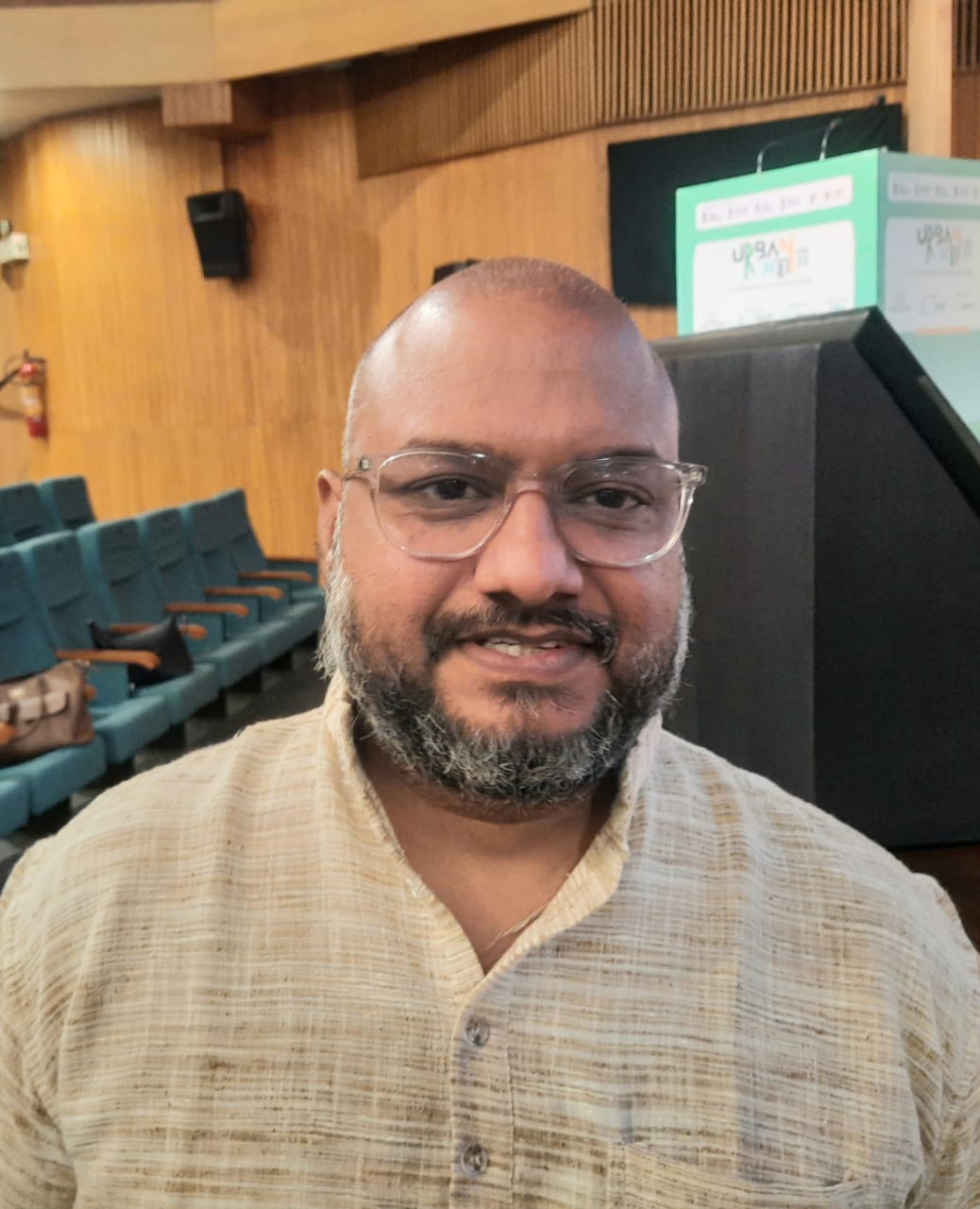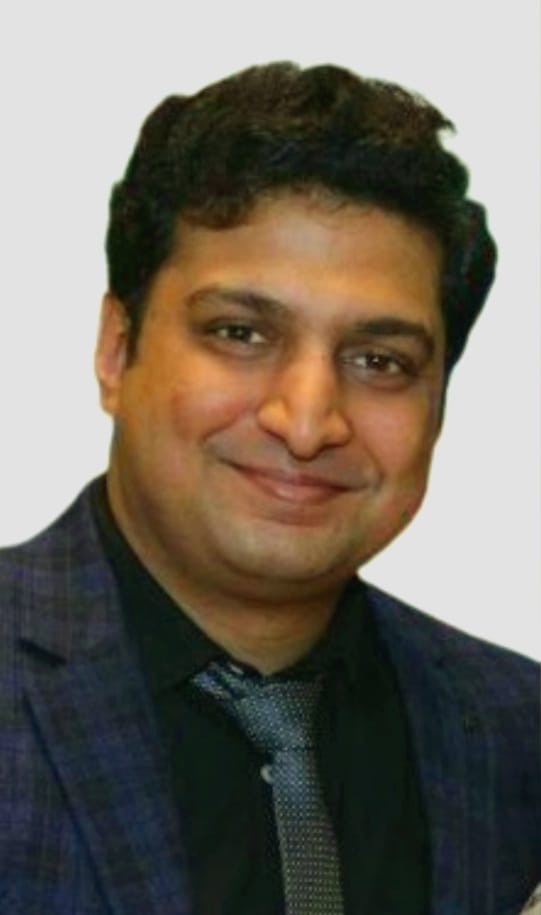Yoga underscores the interconnectedness of human existence, emphasizing that we are more than just our physical bodies—we embody the mind and consciousness as well. The body continuously renews itself, with cells regenerating and dying each year. This natural cycle is vital for maintaining health. Yoga not only honors this process but also delivers profound physical and mental benefits, particularly for the elderly.
Studies consistently demonstrate yoga’s ability to reduce stress, lower cholesterol, and manage conditions such as hypertension, diabetes, anxiety, and even Alzheimer’s. It supports heart health by encouraging a holistic lifestyle rooted in a sattvic diet, stress reduction, non-smoking, and consistent yoga practice. For seniors facing mobility challenges, chair yoga offers a practical and inclusive solution, ensuring everyone can benefit.
As a preventive approach, yoga surpasses the efficacy of surgeries or medications, particularly for aging populations. By integrating yoga into daily life, individuals can prepare for retirement with ease, fostering a smooth transition into old age while minimizing dependence on medical interventions.
In an exclusive conversation with The Interview World, Padma Shri Prof. Dr. Subhash C. Manchanda, a renowned cardiologist at Sir Ganga Ram Hospital, shared his perspective on the demographic shift toward an aging population. He highlighted advancements in cardiac treatments for seniors and emphasized the transformative role of yoga in enhancing their physical and mental well-being. Here are the most compelling insights from this enlightening conversation.
Q: With the country experiencing a demographic shift and a growing elderly population, what opportunities and challenges does this present for driving socio-economic growth and fostering intergenerational equity?
A: The elderly population is rapidly growing. Currently at 10%, it is projected to double to 20% by 2050, representing a significant demographic shift. Far from being a burden, senior citizens are a valuable asset to society. Both individuals and governments must adopt policies that empower and integrate them effectively into the social fabric.
Retirement does not mark the end of an active life. Many seniors remain highly capable and eager to contribute. Policies should reflect this potential while encouraging individuals to adopt healthy lifestyles early, long before reaching old age. However, even in later years, adopting healthy habits can make a significant difference.
Seniors should prioritize balanced living. A sattvic diet, regular exercise, and stress management through yoga and meditation are vital. These practices improve physical and mental well-being. Additionally, abstaining from tobacco and alcohol is essential. When these four pillars of wellness—nutrition, exercise, stress control, and abstinence—are embraced, elderly individuals can lead fulfilling and happy lives.
Q: What key challenges do you foresee for the elderly population in the coming days, and how can these be effectively addressed to ensure their well-being and inclusion in society?
A: The elderly face significant challenges, both physical and societal. By nature, they are more prone to diseases, and their health often requires constant attention. Beyond medical concerns, they frequently grapple with social isolation and economic hardships. Many families struggle to integrate their aging members, leaving them feeling alienated in their own homes.
Despite these obstacles, the potential benefits of empowering the elderly are immense. Many continue to work beyond retirement, contributing valuable skills and experience. With the right support and opportunities, they can transform into an asset rather than a liability, enriching both their families and society as a whole.
Q: What advancements or innovations in cardiac treatment are you currently exploring that have the potential to revolutionize the healthcare landscape?
A: Instead of relying solely on medication, we are shifting focus to lifestyle interventions—specifically, a yogic lifestyle that emphasizes exercise and the elimination of tobacco. Yoga, in particular, is gaining rapid traction among the elderly. With minimal training, they can adopt practices that effectively prevent most age-related problems.
For instance, yoga alleviates loneliness by reducing mental stress. It slows brain aging, lowers the risk of heart disease, and mitigates conditions like diabetes and joint pain. Moreover, it fosters positivity, steering their minds away from negativity—a major factor that often erodes their well-being. Stress, more than disease, is a silent killer, and yoga proves to be a powerful antidote.
Given its profound benefits, yoga holds immense promise for the elderly. In a nation where yoga originated, we must formulate robust policies—be they government-led or private initiatives—to promote its integration into their lives. Yoga isn’t just a tool; it’s the future of holistic care for aging populations.
Q: What role can yoga play in enhancing the physical and mental well-being of elderly individuals, and how can it be effectively integrated into their daily lives?
A: We emphasize that yoga teaches us an essential truth: humans are more than just bodies; we possess minds and consciousness. The body is constantly changing and aging, dying bit by bit. Each year, cells in our body die and regenerate. For instance, our bones renew every four months, and our liver cycles through a complete transformation. If these cells don’t die and regenerate properly, the result can be fatal, as in the case of cancer. Therefore, the concept of death should be seen as a natural, even celebratory, part of the body’s life cycle.
Elderly individuals who practice this understanding often lose their fear of death. They recognize that while their bodies may die, their essence, their consciousness, remains intact. This realization is vital and underscores the importance of yoga.
Extensive research supports the benefits of yoga in preventing heart disease and managing risk factors. Yoga reduces stress—a well-documented benefit—while also helping control cholesterol levels. The practice includes exercises that can be adapted to various conditions, even high blood pressure. Guidelines in both Western medicine and diabetes care now recommend yoga and meditation as preventative strategies.
Moreover, yoga has proven effective in preventing mental illnesses, such as anxiety, depression, and Alzheimer’s disease. Studies show that it can even alleviate arthritis and other chronic conditions, demonstrating its broad range of benefits.
But can the elderly practice yoga? Absolutely. While some may struggle to sit on the floor, adaptations like chair yoga are just as effective and widely accepted.
To prevent heart disease, adopting a healthy lifestyle is essential. This includes maintaining a balanced diet, such as a sattvic diet, reducing stress through yoga, and avoiding smoking. These preventive measures far surpass the outcomes of surgeries, bypasses, and transplants in long-term effectiveness. Preventative practices are invaluable, especially as the elderly population grows. Many seniors, despite undergoing advanced procedures like bypass surgeries well into their 90s or even 100s, struggle to cope with the side effects of medications. Prevention, therefore, is paramount.
I firmly believe in the power of prevention, and we must prepare for it. I suggest that individuals start focusing on yoga a year before retirement. It’s crucial to prepare for old age, as many people, particularly those in service, do not anticipate the social and economic challenges that come with it. Awareness and early action can make a significant difference in maintaining health and quality of life in later years.










1 Comment
Incredible! This blog looks exactly like my old one! It’s on a totally different subject but it has pretty much the same layout and design. Outstanding choice of colors!
Comments are closed.